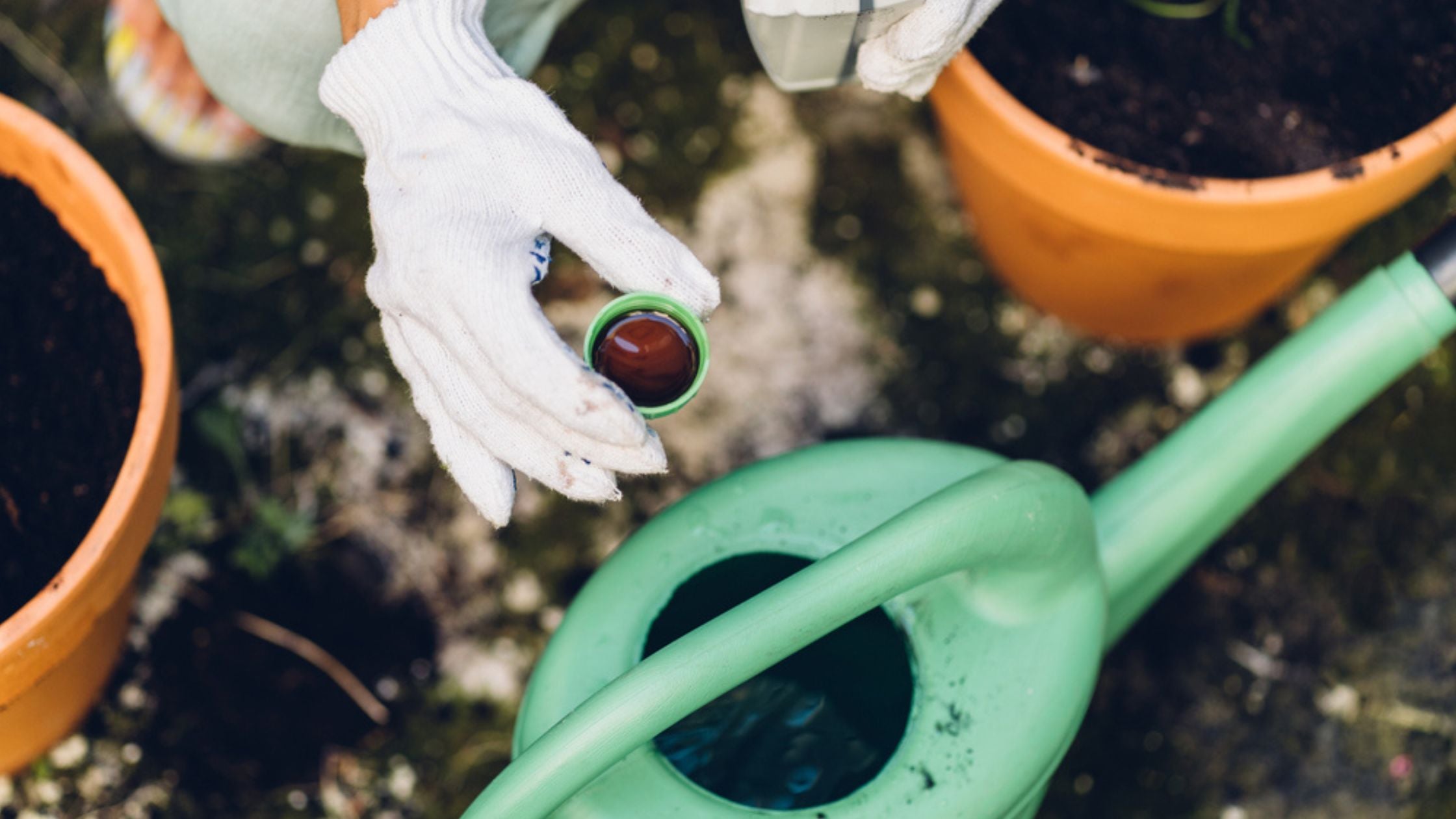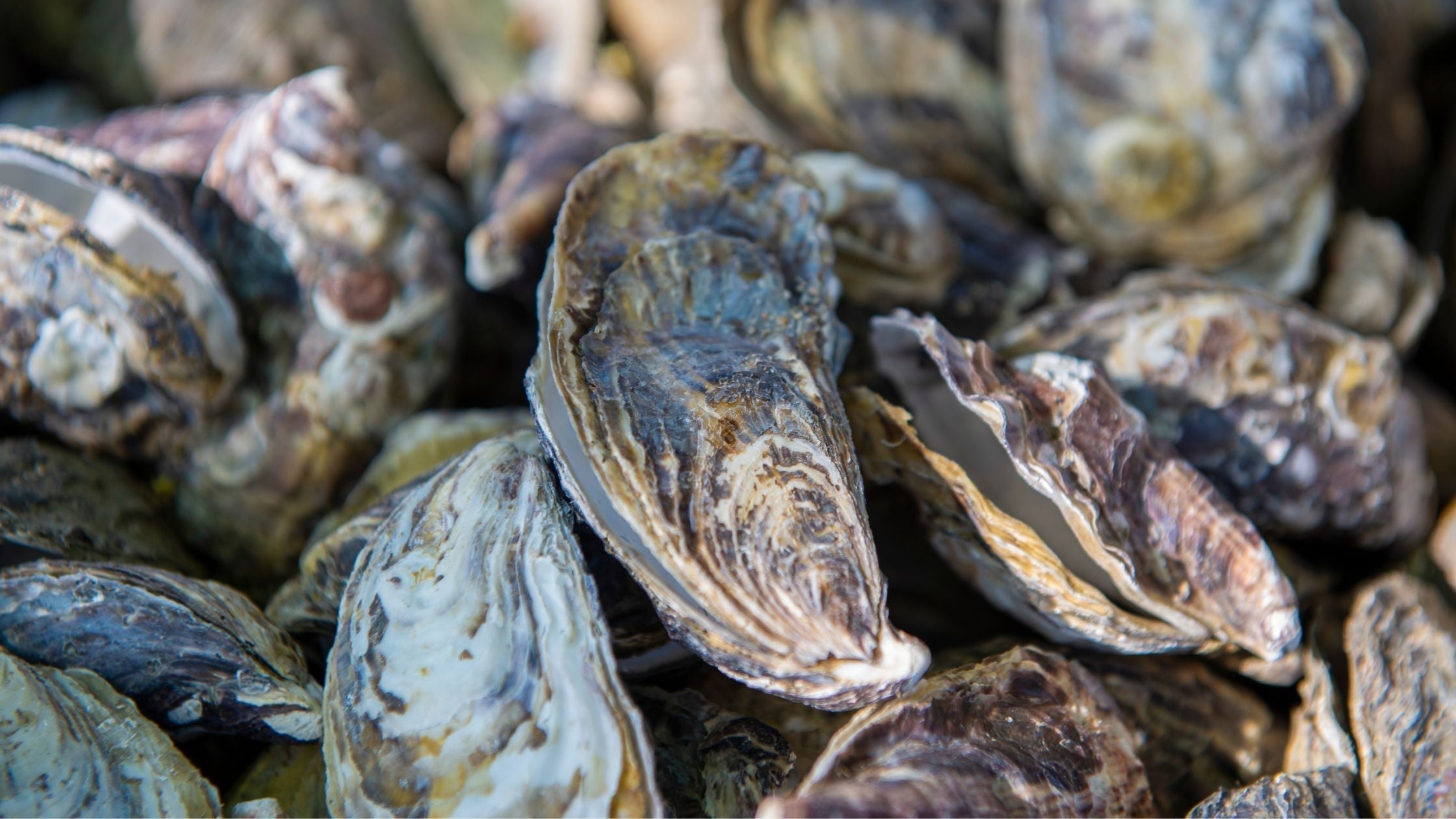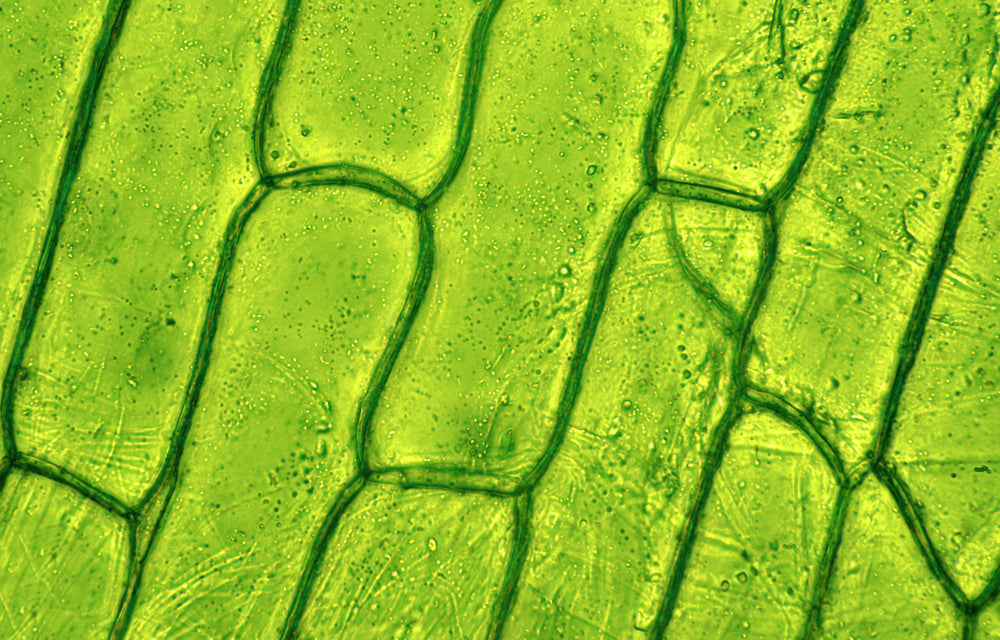
Understanding Fertilizer NPK
Table of Contents
If you're new to the world of gardening, or perhaps you're a houseplant lover who recently realized your babies need food too (not just water and sunlight!), you may be feeling a bit confused about the topic of fertilizers and choosing an NPK ratio that's right for your plants.
Too much or too little fertilizer can devastate plants, so it's essential to understand how to choose fertilizer for your garden or crops.
A note for houseplant collectors - Because of indoor heating (and optional grow lights!), most houseplants do not go through true dormancy like your outdoor garden. For your indoor collection, we recommend using a very gentle organic nitrogen-based fertilizer, which is safe for most houseplants every time you water all year round. Check out our air plant fertilizer - a spray-on foliar food great for most houseplants!
Ready to learn about how to feed your babies? This guide will help you understand everything you need to know about fertilizer NPK to have healthy, happy plants.
What does NPK stand for?
NPK stands for nitrogen, phosphorus, and potassium. Although plants need thirteen other elements to grow and develop, they need these three in the greatest amounts.
We will go into deeper detail on each, but in short, here's what N, P, and K do for plants:
- Nitrogen (N) is essential for healthy leaves and stems. It also aids in chlorophyll production to make plants green and photosynthesize optimally. Houseplant hobbyists will mostly use nitrogen-rich fertilizers for their plants.
- Phosphorus (P) supports robust plant structures for developing flowers, fruits, and root systems. A higher phosphorus ratio is better if you try to encourage fruits and seeds after flowering.
- Potassium (K) keeps roots healthy and also aids flowers and fruits. It helps plants tolerate stress, such as drought. Heavy-flowering plants - like orchids - need a lot of potassium just before and during their flowering period.
What do NPK ratios mean?
The ratio figures on commercial fertilizer packages are called NPK ratios, indicating the fertilizer's nitrogen, phosphorus, and potassium percentages. The rest of the product is filler material that does not impact the plant.
Plant fertilizers contain nitrogen, phosphorus, and potassium in varying proportions since different plant species and developmental stages require different nutrition levels. A. 5:5:15 ratio would indicate a potassium-forward fertilizer. A 15:2:2 fertilizer would be nitrogen-dominant.
5-5-5, 10-10-10, or 12-12-12 fertilizers contain nutrients in a 1:1:1 ratio to one another, indicating a balanced fertilizer containing equal amounts of each macronutrient. The only difference between a 12-12-12 fertilizer and a 5-5-5 fertilizer would be that you need to use less of a 12-12-12 product than a 5-5-5 product since the first contains 7 percent more nitrogen, phosphorus, and potassium.
Use fertilizers with lower macronutrient percentages on smaller plants and those with higher macronutrient percentages on larger ones.
A very brief history of fertilizer
Long before the scientific world discovered the roles of N, P, and K, farmers incorporated practices that enriched the soil with these essential nutrients without fully understanding the chemistry behind their actions.
Crop rotation with legumes naturally kept the soil "fertile" by naturally infusing it with nitrogen from the legume roots. Adding bones to compost contributed phosphorus, and farmers applied manure and wood ash to soil, which maintained natural potassium levels.
The Industrial Revolution has been a double-edged sword, both helping to alleviate world hunger and wreaking havoc on our environment by discovering ways to mass produce and use fertilizers.
That said, nitrogen, phosphorus, and potassium remain essential to plant life. While we advocate for natural, organic choices that beneficial for our environment and heath, for the purpose of this article, we will step aside from any debating and instead discuss what these nutrients do for your plants.
What does nitrogen do for plants?
Nitrogen boosts stem and leaf growth and is essential to plants' green color. After carbon, hydrogen, and oxygen, nitrogen is the most abundant element in plants.
Nitrogen is a major component of chlorophyll, a molecule essential for photosynthesis. Photosynthesis is the process through which plants turn light into energy to grow. Chlorophyll also gives plants their green color.
Concentrations of nitrogen in the plants fluctuate depending on the season. During the early growth season, nitrogen concentrations will peak, and this is an ideal time to focus on nitrogen supplementation.
What does nitrogen deficiency look like in plants?
Chlorophyll gives plants their green color, so nitrogen deficiency turns leaves pale. If the plant is deprived of nitrogen as it grows, the lower leaves on the stem will become pale. This is because nitrogen reserves from the base of the plant will be transported to younger leaves at the very top if their nitrogen levels are low.
Nitrogen also deficiency restricts plant organ growth, affecting roots, stems, leaves, flowers, fruits, and seeds. It also causes chloroplast disintegration and, eventually, death. If the plant has been deprived of nitrogen since it was a seedling, it will look pale, weak, and spindly overall.
Nitrogen toxicity in plants
While insufficient nitrogen creates problems, excess nitrogen should also be avoided. Nitrogen can boost plant growth, but too rapid growth makes a plant weak and more susceptible to disease. Excess nitrogen can accumulate in the soil, damage leaves, and kill the plant.
The main sign of nitrogen toxicity in plants is leaf discoloration, as excess nitrogen accumulates, turning the leaf yellow while the veins remain green. This will start on the very outer edges of the leaf and spread inwards. After this, the veins on the leaf will start to collapse. Too much nitrogen also increases the plant’s susceptibility to bacterial and fungal diseases.
Nitrogen toxicity is common in winter months when over-zealous gardeners stick to a heavy summer fertilizing schedule even though the plants have stopped growing. New store-bought plants are also at risk of over-fertilization because the soil might already contain slow-release fertilizer.
Always err on the side of caution, especially with chemical fertilizers. Make sure to follow the manufacturer's instructions, and if your plant is small, dilute the fertilizer more than recommended on the packet.
What does phosphorus do for plants?
At the level of the whole plant, phosphorus is essential for root growth, fruit, stem and seed development, and disease resistance - phosphates are the building blocks of plant tissue. At a molecular level, plants use phosphates to create and store energy.
Like other mineral plant nutrients, phosphorus is found in tiny amounts in plants. Usually, between 0.1-1 % of plant tissue is phosphorus. Phosphorus is essential, but plants need less of it than the other two macronutrients.
Fertilizers containing a higher proportion of phosphorus are intended for flowering plants.
What does phosphorus deficiency look like in plants?
Signs of phosphorus deficiency are mostly indistinguishable from signs of other nutritional deficiencies.
Leaf drop may occur starting with the oldest leaves. However, unlike in nitrogen-deficient plants where leaves go pale green or yellow, phosphorus-deficient plants will turn a darker green, perhaps even red or purple, because chlorophyll formation is unaffected by phosphorus depletion, while cell and leaf expansion are. The concentration of chlorophyll increases while the ability of chlorophyll cells to conduct photosynthesis decreases.
Seedlings will display reduced height, stem diameter, and leaf size. Phosphorous deficiency will also limit fruit size.
To learn about phosphorus toxicity read this post.
What does potassium do for plants?
From algae and moss to roses and monstera, all plants need potassium for cell metabolism and to grow and develop. It is the mineral nutrient that plants require in the most significant amount after nitrogen.
Fruits and tubers need particularly high doses of potassium. Any deficiency will affect harvest quality. Plants with large flowers like roses, hibiscus, and orchids will also need lots of potassium just before and during their flowering period.
At the level of the whole plant, potassium regulates leaf transpiration - where water and oxygen in the plant are released into the air and carbon dioxide is taken in. Potassium also maintains turgor pressure - the water pressure that keeps cells taut and the plant upright.
Plant organs that need a heavy supply of potassium will be young growing leaves, reproductive organs, storage cells in roots, and fleshy fruits. Fruits high in water need potassium because potassium is necessary for maintaining osmotic balance - the optimal pressure required to balance the entry and exit of minerals and water from the fruit.
What are the signs of potassium deficiency in plants?
We discuss potassium toxicity in this post but what about when the soil does not have enough?
Potassium deficiency symptoms are very similar to symptoms of nitrogen and phosphorus deficiency. Plant growth will slow when they are low on potassium. Leaves will discolor around the edges and tips at an advanced stage of potassium deficiency. Leaves will also droop. Because potassium forms leaf cuticles that retain moisture, plants will lose water through the leaves at a higher rate. This is why plants suffering from potassium deficiency have a high water demand.
Because a plant deficient in potassium will be less able to maintain high water content in its tissues, it will be more susceptible to frost damage and stress from drought. Without potassium, plants are at greater risk from fungal diseases.
Without potassium, the plant will eventually die.
Homemade organic fertilizers
Now that you have a thorough understanding of NPK fertilizers, you’re equipped to decide the best fertilizer for your gardening needs. Interested in making your own? Try these:



1 comment
Looking for iron pumpkin fertilizer program. Can you assist me. Or contact nr please.
———
Southside Plants replied:
We don’t sell iron rich fertilizer. Check with your local nursery!
Willem
Leave a comment
This site is protected by hCaptcha and the hCaptcha Privacy Policy and Terms of Service apply.